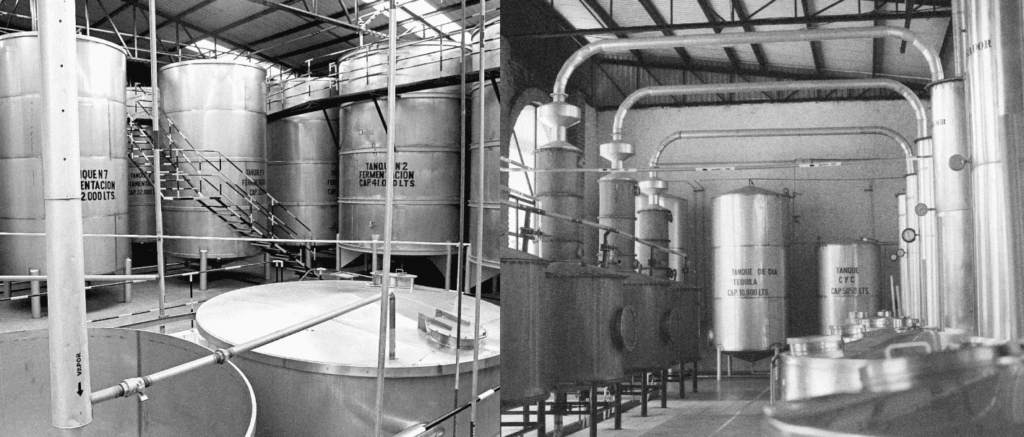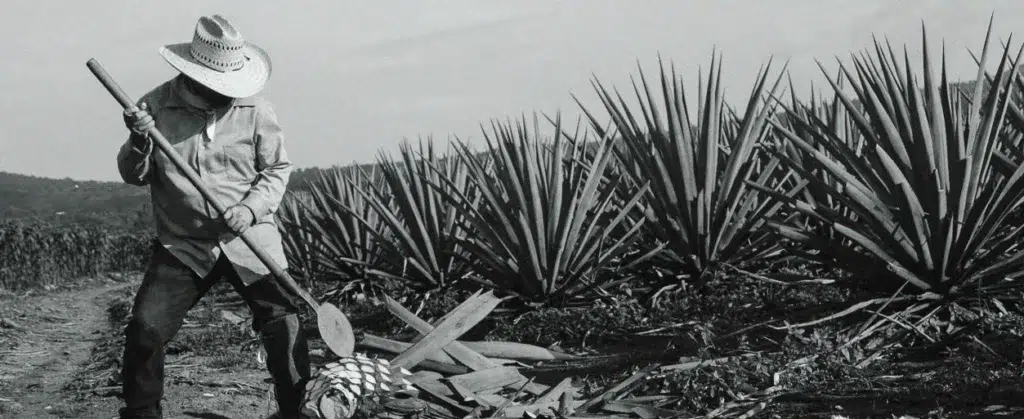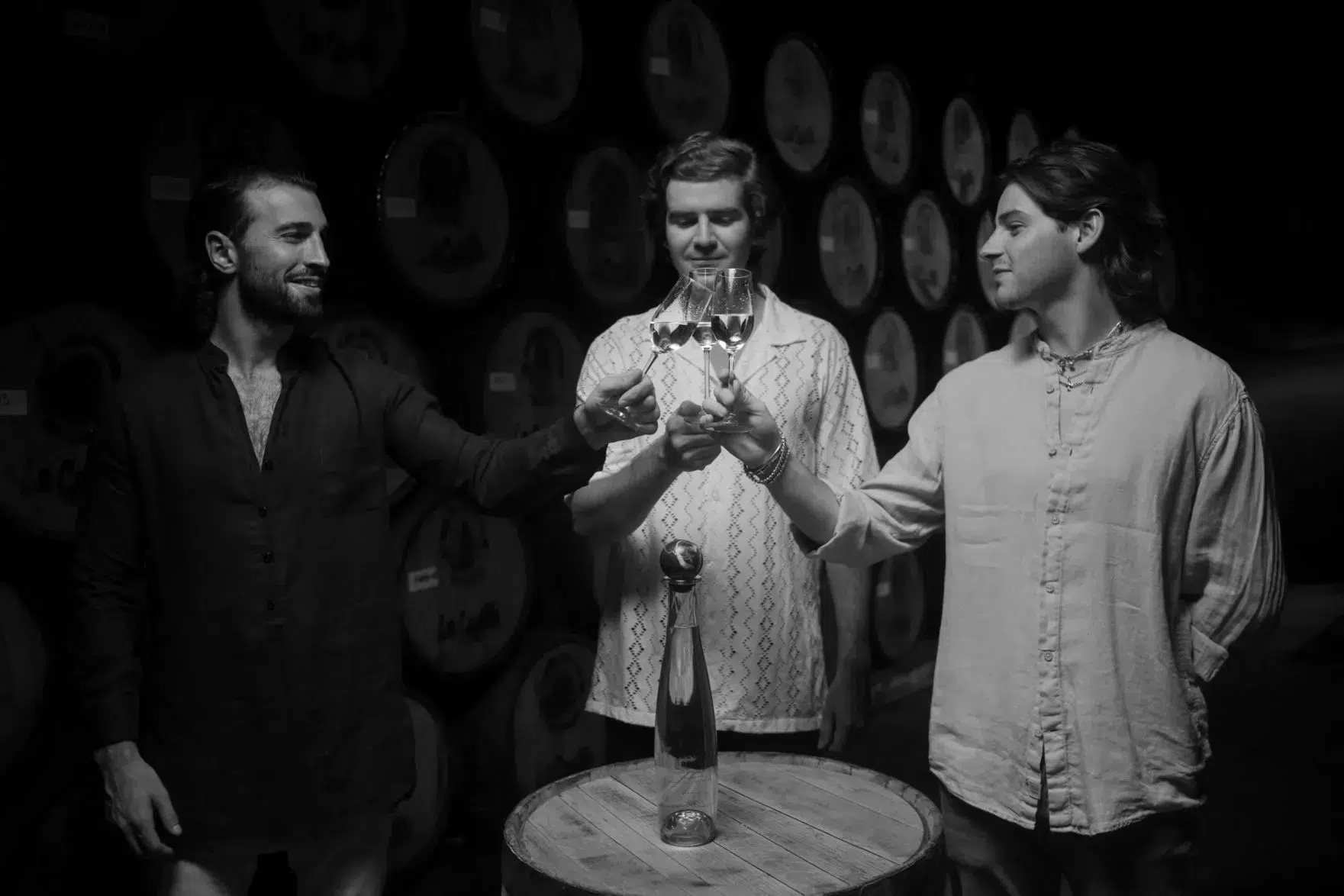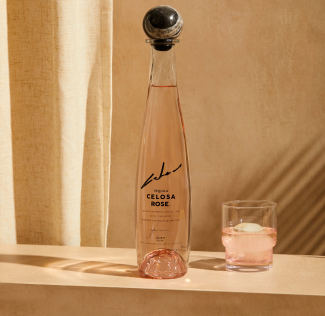Tequila, the beloved Mexican spirit, has a remarkable history that spans centuries. Its birth and evolution are deeply rooted in the rich tapestry of Mexican culture and heritage.
And when it comes to a sophisticated drink like our Celosa Tequila, reflecting on that history is important. Not only do we pride ourselves on the quality of our drink, but we’re proud of the ties we have to the very foundation of tequila, and how the traditions have helped us shape a drink that perfectly balances tequila legacy with contemporary sophistication.
So, let’s take a look at the history of tequila and how it has evolved.
The Indigenous Beginnings
Long before the arrival of Spanish conquistadors, indigenous peoples in Mexico were already cultivating and utilizing the agave plant. These early Mesoamerican civilizations, dating to around 250-300 AD, including the Aztecs and the Olmecs, recognized the agave’s versatility.
They fermented the agave sap to create a primitive alcoholic beverage known as “pulque,” a milky, somewhat viscous liquid with a mild alcoholic kick.
While it may not have been tequila as we know it today, it shows that the agave plant has been used to create drinks for almost 2,000 years.
Of course, not quite at the quality which we’re used to today…
Birth of Distilled Agave Spirits

The true birth of tequila as we know it today can be traced back to the arrival of the Spanish in the early 16th century.
Spanish conquistadors, led by Hernán Cortés, descended upon the rich and diverse lands of Mexico. Among the many things they brought with them was the art of distillation. This technique, hitherto unknown in the Americas, had been primarily used in Europe to produce brandy from grapes.
The indigenous peoples of Mexico had a long-standing relationship with the agave plant, using it for various purposes, including crafting their pulque. Recognizing the potential in this native plant, the Spanish settlers decided to adapt their distillation expertise to transform the fermented agave sap into a more potent spirit.
The transformation of the agave sap into distilled spirits involved several key steps. First, the heart of the blue agave plant, known as the piña due to its resemblance to a pineapple, was harvested.
These piñas were then roasted to release their sweet juices, which were subsequently fermented. This fermentation process converted the sugars in the agave into alcohol, much like the initial step in brewing beer or fermenting wine.
The true magic happened during distillation. The fermented agave juice was heated in a still, and the alcohol vapor was collected and condensed back into liquid form. This distillation process significantly increased the alcohol content, resulting in a much stronger and more refined spirit than pulque.
While the specific origins of the term “tequila” are still a matter of debate, it is widely believed to be derived from the Nahuatl (Aztec) word “tequitl,” which means “work” or “cutting.” This term was associated with the agave plant’s cultivation and processing.
The Town of Tequila: Birthplace of a Legend

The town of Tequila, nestled in the picturesque state of Jalisco, holds a special place in the history of tequila production. It is often credited as the epicenter of tequila’s development.
By the late 16th century, tequila production had spread throughout the region. Agave cultivation and fermentation techniques were refined, and distillation methods improved.
As tequila production advanced, specific regions, such as the town of Tequila in the state of Jalisco, began to gain prominence as centers of production. Local families and entrepreneurs played a crucial role in refining tequila-making techniques. Over time, distinct styles of tequila emerged, influenced by factors such as the agave variety used, production methods, and regional characteristics.
Tequila’s transformation from fermented agave sap to a distilled spirit was not just a technological breakthrough but also a cultural fusion that forever altered the course of Mexican and global spirits. This momentous birth laid the foundation for the vibrant and enduring industry we know today, steeped in tradition, innovation, and the spirit of Mexico.
The Arrival of the Tahona
The 18th century brought a significant advancement in tequila production with the introduction of the “Tahona” method. This traditional process involves the use of a large stone wheel to crush the agave piñas (cores), releasing their sweet juices.
The heart of the Tahona method is the large, circular stone wheel, typically made from volcanic rock. This wheel, often referred to as a “tahona,” can weigh several tons. The tahona is harnessed to an animal, usually a mule or ox, which walks in circles, rolling the wheel over the agave piñas. In modern tequila production, machinery sometimes replaces the animal-driven tahona, but the fundamental process remains the same.
The Tahona process is deliberate and gentle, as the goal is not to overly macerate the piñas but rather to extract their sweet juices. This distinguishes the Tahona method from more modern mechanical crushers, which can be more efficient but may not yield the same flavor profile.
Challenges and Resilience
The 19th century posed several challenges to tequila production, including political unrest and the Mexican War of Independence.
Mexico experienced political instability, including the Mexican-American War (1846-1848) and the Reform War (1858-1861). These conflicts disrupted commerce and trade, making it difficult for tequila producers to reach markets both domestically and abroad.
However, despite these tumultuous times, tequila production persisted. By the late 1800s, prominent families like Cuervo and Sauza had established their distilleries, setting the stage for two of the most renowned tequila brands in history.
Indeed, that heritage is now reflected in our Celosa Tequila. Jose Alonso Beckmann, one of our founders, comes from the 12-generation Cuervo family. That rich history dating back to the real established distilleries is reflected in the passion and care that goes into every tequila bottle we now create.
Tequila's Global Journey
The 20th century witnessed the global expansion of tequila’s popularity, particularly in the United States. Hollywood icons like Marilyn Monroe and Frank Sinatra helped elevate tequila’s glamorous image. The Margarita and Tequila Sunrise, among other cocktails, became international sensations, solidifying tequila’s status as a globally beloved spirit.
The birth and evolution of tequila production are deeply intertwined with Mexican history and culture. From its humble beginnings as a fermented agave beverage to its transformation into a potent and cherished spirit, tequila’s journey is a testament to the resilience, innovation, and craftsmanship of the Mexican people.
Now that you know more of the history of tequila, spend some time learning about the legacy of our own brand. And if you wish to order a bottle for yourself, you can do so here.





